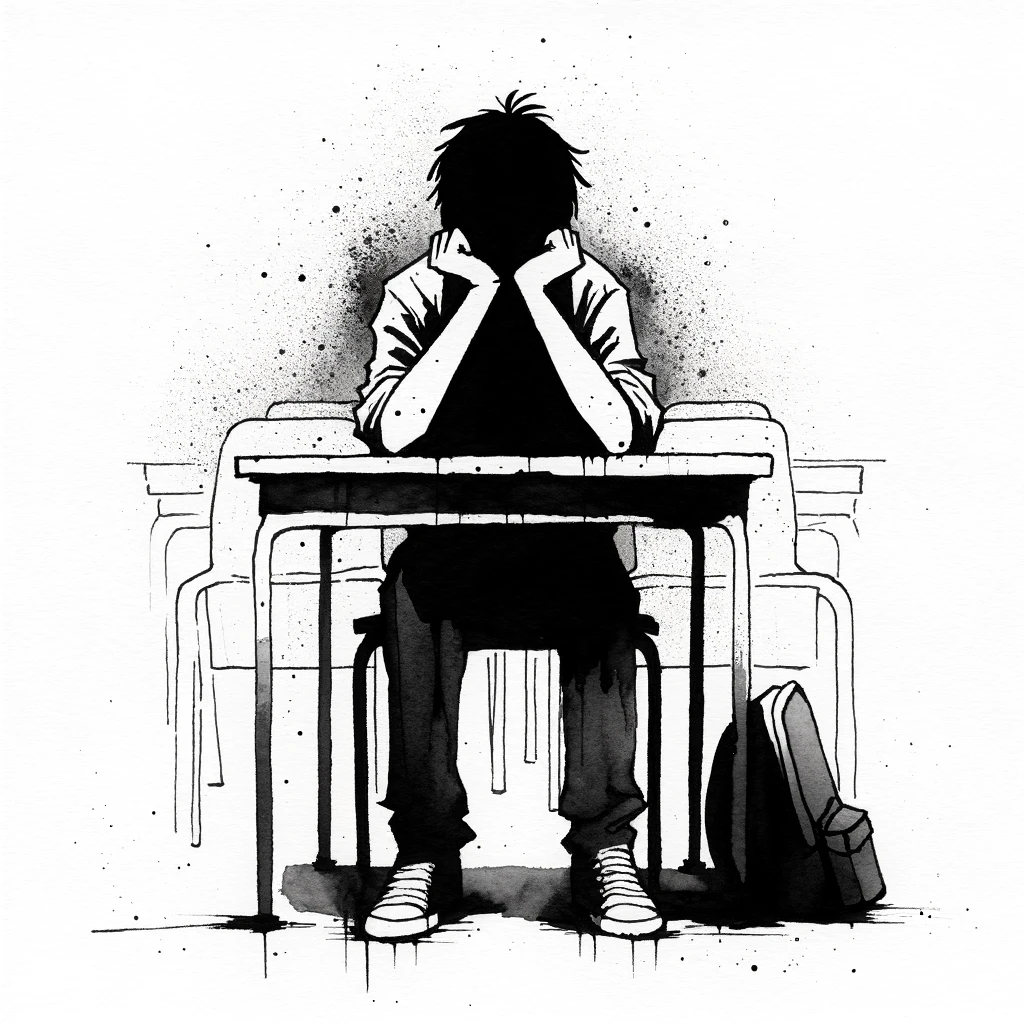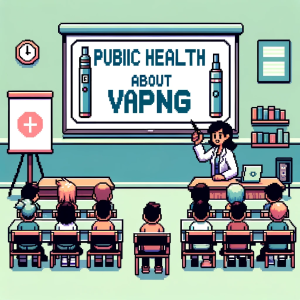
Why Some Kids Dread the Classroom—and What Schools Can Do About It
When a 10th grader mumbles these words after a math exam, it’s not just self-pity—it’s a red flag. Researchers now warn that patterns of negative academic emotions like anxiety, boredom, and frustration are not only common among high schoolers—they can be predicted with remarkable accuracy. And better yet, they can be changed.
A new study from Hebei Normal University in China applied machine learning to data from 1,700 teens and found that how students feel about school is just as important as what they know. Their biggest takeaway? Emotional health isn’t fluff—it’s foundational. Especially in the classroom.
Meet the Hidden Force Behind School Struggles: Negative Academic Emotions
We often talk about grades, attendance, or behavior. But underneath those measurable outcomes is a powerful emotional world. This study defines “negative academic emotions” as feelings tied to the learning process—like anxiety during a test, frustration with difficult assignments, or even sheer boredom in class.
These emotions aren’t just fleeting moods. They affect how students learn, how they behave, and how they see themselves.
A Surprising Stat:
Students who struggle to regulate their emotions are far more likely to feel hopeless or overwhelmed at school—and this can be measured and predicted with over 83% accuracy using machine learning.
That means these emotions aren’t random. They follow patterns. And that gives us the power to intervene early.
What Really Predicts Student Struggles? It’s Not Just the Test Score
The researchers tested several factors, from teacher behavior to students’ own beliefs about learning. The five most powerful predictors of negative academic emotions were:
- Emotional control – Can students manage frustration, anxiety, or disappointment?
- Self-efficacy (learning ability) – Do students believe they’re capable of succeeding?
- Attributing success to luck – Do they think good grades come from chance, not effort?
- Attributing failure to background – Do they blame things they can’t control, like their school or upbringing?
- Self-efficacy (learning behavior) – Do they believe their study strategies matter?
In short, students who feel powerless—emotionally or academically—are more likely to disengage. And that disengagement can snowball into long-term mental health challenges.
Teachers Matter—A Lot
One of the most actionable findings: students’ emotional experiences are heavily influenced by how teachers respond to their performance.
Students reported fewer negative emotions when teachers:
- Offered comfort and guidance after mistakes,
- Set high expectations with support, and
- Avoided public scolding or cold discipline.
Even subtle shifts in classroom culture—like offering students chances to revise mistakes without shame—can change how students feel about learning.
This Isn’t Just About Emotions. It’s About Mental Health—and the Future.
Here’s where it gets urgent: negative academic emotions aren’t just annoying or inconvenient. They’re linked to mental health challenges like depression, disengagement from school, and even suicidal ideation.
And for many teens, these feelings start not because of a specific subject, but because of how they see themselves as learners. If a student believes, “I’m bad at this, and nothing I do matters,” they’re on a path toward disconnection.
But if we intervene early—by teaching emotional regulation, reframing failure, and building academic confidence—we don’t just boost grades. We support lifelong resilience.
So, What Can Parents and Educators Do?
Here are three steps every school or home can take today:
✅ Start with emotion coaching. Help students name and manage feelings like frustration or boredom—especially after setbacks. Even a simple “That was tough, huh? Let’s talk about what happened” opens a door.
✅ Praise effort and strategies, not just smarts. Students who link success to their effort (not luck or talent) show fewer negative emotions over time.
✅ Encourage reflection after failure. Instead of asking, “Why did you get this wrong?” try “What could you do differently next time?”—a shift that fosters learning and hope.
Let’s Talk About It
This research gives us a powerful truth: how students feel about school matters just as much as what they learn. And the best part? We can shape those feelings.
Now we want to hear from you:
💬 What’s the biggest mental health challenge you see in schools today?
💬 How can schools better support students’ emotional well-being?
💬 What’s one classroom or parenting strategy that helped your child feel more confident in learning?
Let’s build classrooms—and communities—where emotional health is a priority, not an afterthought.
Help a Child. Shape a Future.
Your $5/month subscription to This Week in School Psychology gives you more than insights—it gives you tools to change lives. Every week, we break down the latest research into plain, practical guidance you can use to support students, reduce stress, and create healthier schools.
We’re fully independent, and your support keeps this mission alive. Subscribe now and be part of the solution.



